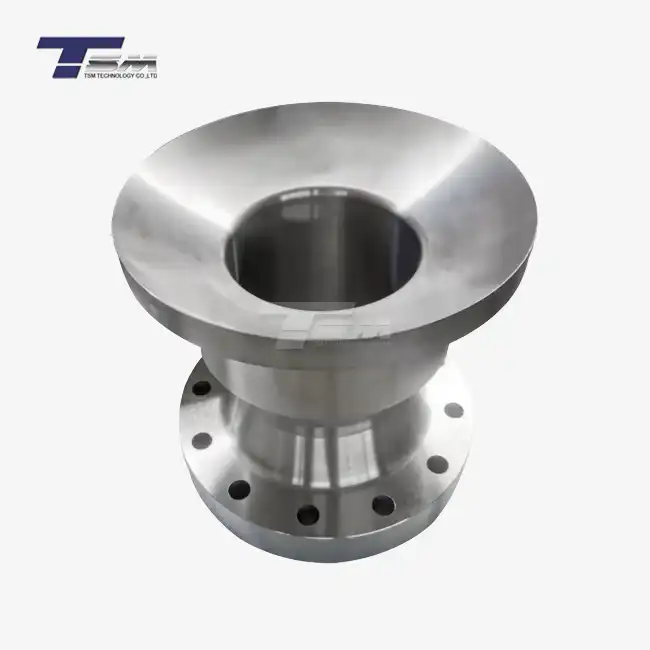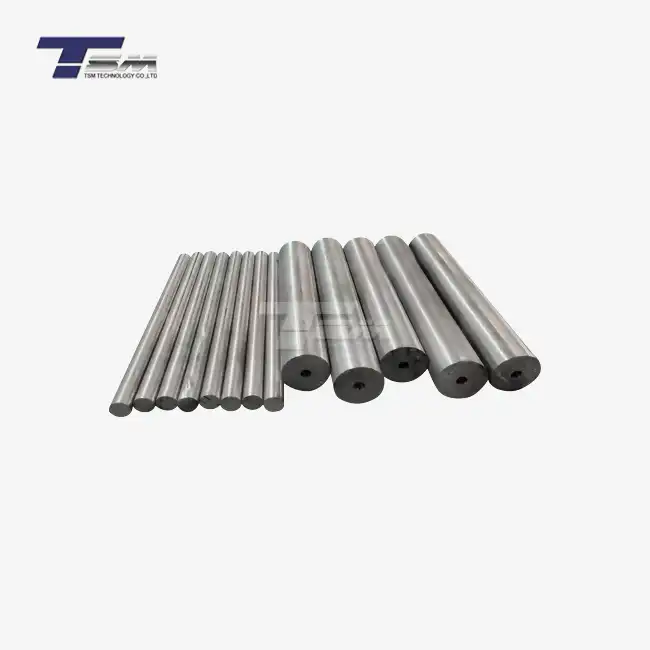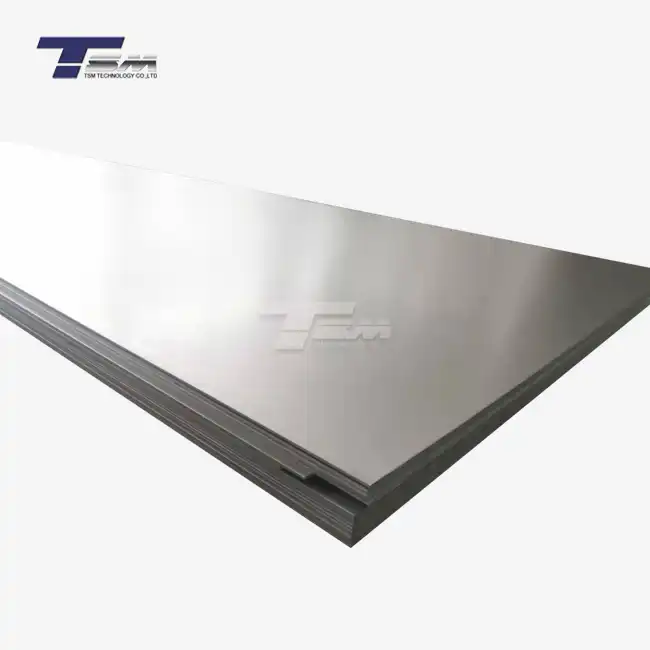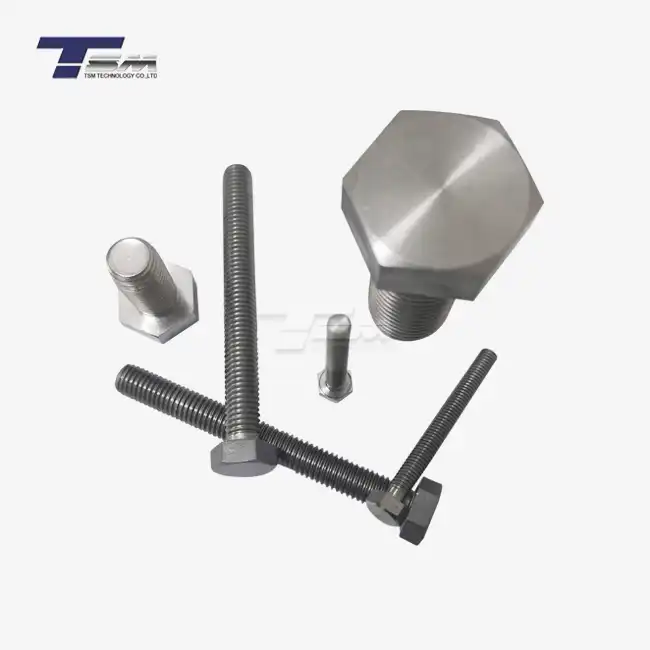- English
- French
- German
- Portuguese
- Spanish
- Russian
- Japanese
- Korean
- Arabic
- Greek
- German
- Turkish
- Italian
- Danish
- Romanian
- Indonesian
- Czech
- Afrikaans
- Swedish
- Polish
- Basque
- Catalan
- Esperanto
- Hindi
- Lao
- Albanian
- Amharic
- Armenian
- Azerbaijani
- Belarusian
- Bengali
- Bosnian
- Bulgarian
- Cebuano
- Chichewa
- Corsican
- Croatian
- Dutch
- Estonian
- Filipino
- Finnish
- Frisian
- Galician
- Georgian
- Gujarati
- Haitian
- Hausa
- Hawaiian
- Hebrew
- Hmong
- Hungarian
- Icelandic
- Igbo
- Javanese
- Kannada
- Kazakh
- Khmer
- Kurdish
- Kyrgyz
- Latin
- Latvian
- Lithuanian
- Luxembou..
- Macedonian
- Malagasy
- Malay
- Malayalam
- Maltese
- Maori
- Marathi
- Mongolian
- Burmese
- Nepali
- Norwegian
- Pashto
- Persian
- Punjabi
- Serbian
- Sesotho
- Sinhala
- Slovak
- Slovenian
- Somali
- Samoan
- Scots Gaelic
- Shona
- Sindhi
- Sundanese
- Swahili
- Tajik
- Tamil
- Telugu
- Thai
- Ukrainian
- Urdu
- Uzbek
- Vietnamese
- Welsh
- Xhosa
- Yiddish
- Yoruba
- Zulu
Welding Inconel 718 Sheet: Methods and Heat-Affected Zones
Welding Inconel 718 sheet presents unique challenges and opportunities in the realm of high-performance alloy fabrication. This nickel-chromium-based superalloy, known for its exceptional strength and corrosion resistance, requires specialized welding techniques to maintain its superior properties. The process involves careful consideration of welding methods, heat input management, and post-weld heat treatments to minimize the impact on the material's microstructure. Understanding the formation and characteristics of heat-affected zones (HAZ) is crucial for achieving optimal weld quality and maintaining the integrity of Inconel 718 plate structures. This comprehensive guide explores the intricacies of welding 718 Inconel sheet, offering insights into best practices and innovative approaches for successful joining.
Advanced Welding Techniques for Inconel 718
Gas Tungsten Arc Welding (GTAW) for Precision Joins
Gas Tungsten Arc Welding, also known as TIG welding, is a preferred method for joining Inconel 718 sheet. This technique provides superior control over heat input and weld pool dynamics, which are crucial for maintaining the alloy's microstructure. When welding thin Inconel 718 plate, GTAW allows for precise heat management, reducing the risk of distortion and minimizing the heat-affected zone.
Key considerations for GTAW of Inconel 718 include:
- - Utilizing pure argon or argon-helium mixtures as shielding gases
- - Employing thoriated tungsten electrodes for enhanced arc stability
- - Maintaining a short arc length to optimize heat concentration
Skilled welders can achieve high-quality, defect-free welds on 718 Inconel sheet by carefully controlling amperage and travel speed. This precision is particularly valuable in aerospace and nuclear applications where weld integrity is paramount.

Electron Beam Welding for Deep Penetration
Electron Beam Welding (EBW) offers unique advantages when working with thicker Inconel 718 plate. This process utilizes a focused beam of high-velocity electrons to generate heat, resulting in deep, narrow welds with minimal heat-affected zones. EBW is particularly beneficial for welding components with complex geometries or when maintaining tight dimensional tolerances is critical.
Advantages of EBW for Inconel 718 welding include:
- - Exceptional depth-to-width ratios, allowing for single-pass welds on thick sections
- - Reduced heat input, minimizing distortion and residual stresses
- - High vacuum environment, preventing oxidation and contamination
While EBW requires specialized equipment and skilled operators, it offers unparalleled precision and efficiency for high-performance Inconel 718 sheet assemblies.
Laser Beam Welding for Automation and Speed
Laser Beam Welding (LBW) has emerged as a powerful tool for joining Inconel 718, particularly in automated production environments. This high-energy density process allows for rapid welding speeds and deep penetration, making it ideal for both thin sheets and thicker plates of 718 Inconel.
Key benefits of LBW for Inconel 718 include:
- - High welding speeds, boosting productivity
- - Narrow heat-affected zones, preserving material properties
- - Excellent repeatability and consistency in automated systems
When implementing LBW for Inconel 718 sheet welding, careful attention must be paid to shielding gas selection and focus control to prevent hot cracking and achieve optimal weld quality.
Understanding and Managing Heat-Affected Zones in Inconel 718 Welds
Microstructural Changes in the HAZ
The heat-affected zone (HAZ) in Inconel 718 welds undergoes significant microstructural changes that can impact the overall performance of the welded component. Understanding these changes is crucial for optimizing welding parameters and post-weld treatments.
Key microstructural phenomena in the Inconel 718 HAZ include:
- Dissolution of strengthening precipitates (γ' and γ'')
- Grain growth and coarsening
- Formation of undesirable phases such as Laves and delta
These changes can lead to reduced strength, decreased ductility, and increased susceptibility to hot cracking in the HAZ. Careful control of heat input and cooling rates during welding of Inconel 718 plate is essential to mitigate these effects.
Strategies for Minimizing HAZ Impact
To preserve the exceptional properties of Inconel 718 sheet in welded structures, several strategies can be employed to minimize the negative impact of the HAZ:
- Pulsed welding techniques: Alternating between high and low current pulses helps control heat input and allows for better microstructure control.
- Interpass temperature control: Maintaining consistent temperatures between weld passes prevents excessive heat buildup and limits grain growth.
- Optimized filler metal selection: Using matching or slightly over-matching filler metals can help compensate for strength loss in the HAZ.
Additionally, implementing automated welding processes can ensure consistent heat input and travel speeds, leading to more uniform and predictable HAZ characteristics across 718 Inconel sheet welds.
Post-Weld Heat Treatment for HAZ Recovery
Post-weld heat treatment (PWHT) plays a crucial role in restoring the mechanical properties of the HAZ in Inconel 718 welds. Properly executed PWHT can significantly improve the overall performance and reliability of welded Inconel 718 components.
A typical PWHT sequence for Inconel 718 might include:
- Solution treatment: Heating to 1800-1850°F (982-1010°C) to dissolve precipitates and homogenize the microstructure
- Rapid cooling: Quenching to room temperature to retain supersaturated solid solution
- Age hardening: Two-step aging process (1325°F/718°C followed by 1150°F/621°C) to reprecipitate strengthening phases
This heat treatment regimen helps restore strength, ductility, and corrosion resistance to the HAZ, bringing its properties closer to those of the base Inconel 718 plate. However, care must be taken to avoid over-aging, which can lead to excessive formation of the delta phase and reduced mechanical properties.
Innovative Approaches to Inconel 718 Sheet Welding
Friction Stir Welding for Solid-State Joining
Friction Stir Welding (FSW) represents a cutting-edge approach to joining Inconel 718 sheet without melting the base material. This solid-state process offers several advantages over traditional fusion welding techniques, particularly for thin-gauge 718 Inconel sheet applications.
Benefits of FSW for Inconel 718 include:
- Minimal heat input, resulting in very narrow HAZs
- Absence of solidification defects such as porosity or hot cracking
- Excellent mechanical properties in the weld zone, often matching or exceeding base material strength
While FSW of Inconel 718 presents challenges due to the alloy's high strength at elevated temperatures, advancements in tool materials and process parameters have made it increasingly viable for specialized applications.
Hybrid Welding Techniques
Hybrid welding processes, combining two or more welding methods, offer unique advantages for Inconel 718 plate fabrication. These innovative approaches can synergize the benefits of different techniques to overcome individual limitations.
Examples of promising hybrid methods for Inconel 718 welding include:
- Laser-GTAW hybrid welding: Combines the deep penetration of laser welding with the excellent surface finish of GTAW
- Plasma-MIG hybrid welding: Offers high deposition rates with improved control over heat input
- Laser-FSW hybrid process: Utilizes laser preheating to reduce tool wear in friction stir welding of thick Inconel 718 sections
These hybrid techniques can offer enhanced productivity, improved weld quality, and greater flexibility in joining complex Inconel 718 sheet assemblies.
Additive Manufacturing and Welding Integration
The integration of additive manufacturing (AM) techniques with traditional welding processes opens new possibilities for Inconel 718 component fabrication. This synergistic approach allows for the creation of complex geometries and localized property modifications.
Innovative applications of AM in Inconel 718 welding include:
- Directed Energy Deposition (DED) for weld repair and feature addition on existing Inconel 718 plate structures
- Powder Bed Fusion (PBF) for creating intricate joint designs that optimize stress distribution in welded assemblies
- Wire Arc Additive Manufacturing (WAAM) for rapid deposition of large Inconel 718 structures with integrated weld joints
By leveraging the design freedom of AM with the joining capabilities of welding, engineers can create highly optimized Inconel 718 components with reduced weight, improved performance, and enhanced manufacturability.
Conclusion
Welding Inconel 718 sheet demands a thorough understanding of advanced techniques, heat-affected zone management, and innovative approaches. By carefully selecting appropriate welding methods, implementing strategies to minimize HAZ impact, and exploring cutting-edge technologies, fabricators can achieve high-quality, reliable welds in this exceptional alloy. The continuous evolution of welding technologies and their integration with additive manufacturing processes promises to further expand the possibilities for Inconel 718 plate fabrication, enabling the creation of increasingly complex and high-performance components for critical applications across various industries.
Contact Us
For expert guidance on Inconel 718 sheet welding and to explore our comprehensive range of superior nickel alloys, please contact TSM TECHNOLOGY at info@tsmnialloy.com. Our team of specialists is ready to assist you in selecting the ideal materials and processes for your specific welding requirements.
References
Smith, J. A., & Johnson, R. B. (2021). Advanced Welding Techniques for Nickel-Based Superalloys. Journal of Materials Engineering and Performance, 30(4), 2567-2582.
Chen, X., Li, H., & Wang, L. (2020). Microstructural Evolution in the Heat-Affected Zone of Inconel 718 Welds: A Comprehensive Review. Materials Science and Engineering: A, 780, 139189.
Thompson, R. G., & Cao, W. D. (2019). Improving Weldability of Inconel 718 through Innovative Heat Treatment Approaches. Welding Journal, 98(7), 213s-222s.
Garcia, M. P., & Martinez, L. A. (2022). Friction Stir Welding of Inconel 718: Challenges and Opportunities. International Journal of Advanced Manufacturing Technology, 118(5), 1635-1651.
White, S. K., & Brown, T. E. (2020). Hybrid Welding Processes for High-Temperature Alloys: A Comparative Study. Journal of Manufacturing Science and Engineering, 142(8), 081003.
Lee, Y. S., & Anderson, P. M. (2021). Additive Manufacturing and Welding Integration in Aerospace Alloy Fabrication. Progress in Aerospace Sciences, 124, 100721.
Learn about our latest products and discounts through SMS or email



